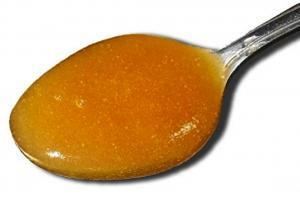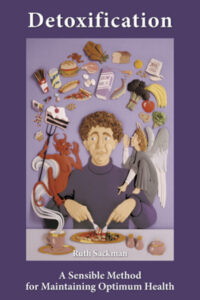
Honey has been coveted for food and medicine down through the ages. Over 300 types exist on the planet and manuka is the best of the best — and currently enjoying a boom in worldwide popularity. There is, however, a downside. The explosion in demand has led some manufacturers to engage in shady dealing. According to the UK Independent,approximately 83% of manuka honey on the 2014 global market was fake, a percentage most likely larger today.
What is manuka honey?
The manuka tree (Leptospermum scoparium) is a shrub-like plant native to Australia, but also growing widely in New Zealand. The bees that feed primarily on the pollen from this tree produce manuka honey
So what’s so special about it? For several centuries it’s been known the manuka tree contains unique beneficial compounds that, when collected by bees and converted into honey, become super potent medicine. These compounds were first laboratory tested in the mid-1980s and found to act effectively against a wide range of different bacterial species. Continued research clearly showed that even low concentrations of the honey destroy bacterial pathogens, but the active ingredient responsible for this effect was not known
Finally, in 2008, it was discovered that large amounts of methylglyoxal or MGO is the antibacterial component that makes manuka honey medicinally superior to all other types of honey. Most varieties of honey contain small quantities of MGO, but manuka has by far the most, though amounts vary in different batches.
How to find authentic manuka honey? Understand the label.
There are several competing grading systems for manuka honey used by different companies. Here are the two main ones:
- MGO. This was developed by Manuka Health at the Institute of Food and Chemistry at the technical University of Dresden, Germany in 2008. Grading is based on the concentration of MGO in the honey, which can range from 38 to 1,000 mg./kg. The minimum requirement for antibacterial activity in manuka is 100mg/kg of MGO which will appear on the jar label (MGO 100+). The higher the MGO level, the stronger and more potent the antimicrobial effects of the product. If you see MGO 400+ on a label, you know that this is proven to kill a wide spectrum of pathogenic bacteria and viruses, including those resistant to pharmaceutical-based antibiotics, and, of course, without the harmful side effects.
UMF (Unique Manuka Factor). This system rates manuka on a range of 10-25 listed on the label. UMF was developed by the UMF Honey Association in New Zealand which grants UMF licenses only to manuka honey producers who meet their standards. A UMF score of 10+ is considered strong enough for medicinal use.
UMF grading also measures MGO, plus three more properties:
- NPA (non-peroxide activity) with antiseptic or disinfectant activity.
- Leptosperin, a specific manuka chemical marker which helps identify authentic manuka honey.
- DHA (dihydroxyacetone), a precursor for methylglyoxal which helps determine overall MGO levels.
Other ranking systems
KFactor. The Wedderspoon company uses KFactor to rate raw manuka, measuring markers for purity, live enzymes, over 250 chemical compounds, DHA, pollen count, pH levels, antioxidant levels and phenolic compounds. Oddly, KFactor does not measure MGO, NPA or leptosperin levels, which seems counterintuitive because these are the most important antimicrobial elements.
There are many other rating systems found on manuka products, including TA (total activity), Active, Bio-Active, AAH (Airborne Active Honey) with numbers like 15+, 20+, even 70+. These brands are best avoided — often given to fake manuka blends and not an accurate measure of therapeutic amounts of antimicrobial properties.
Which system is better?
“FDA Says: Drinking This Natural Food is a Crime” by Dr. Mercola




